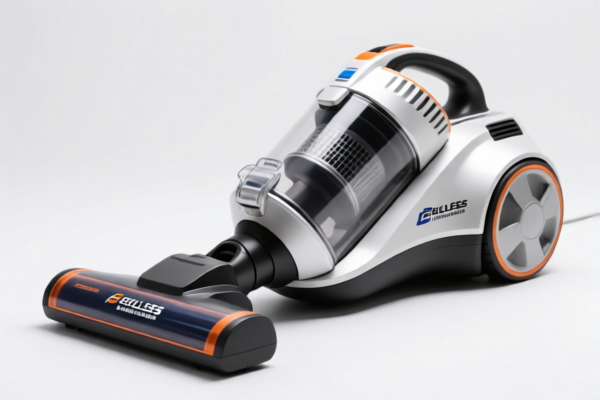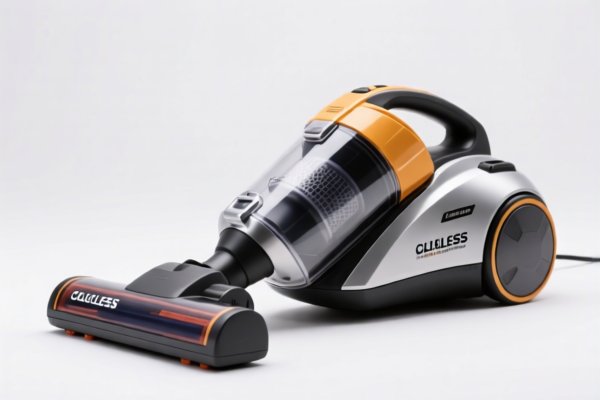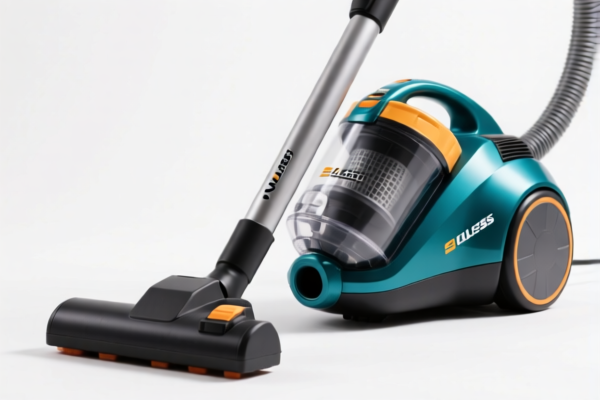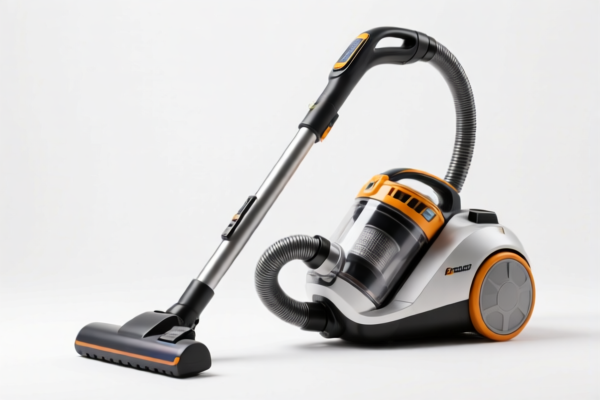| HS Code | Official Doc | Tariff Rate | Origin | Destination | Effective Date |
|---|---|---|---|---|---|
| 8508110000 | Doc | 55.0% | CN | US | 2025-05-12 |
| 8508190000 | Doc | 55.0% | CN | US | 2025-05-12 |
| 8479897000 | Doc | 55.0% | CN | US | 2025-05-12 |
| 3926909989 | Doc | 42.8% | CN | US | 2025-05-12 |




Okay, let's break down the HS codes and tax implications for your "ROBOT VACUUM CLEANER" declaration. Here's a structured analysis to help you understand the classification and potential costs:
Understanding HS Codes – A Quick Primer
HS codes (Harmonized System codes) are internationally standardized codes used to classify traded products. They're crucial for determining tariffs, taxes, and import regulations. The first 6 digits are generally consistent worldwide, while additional digits can vary by country.
Analysis of Your Provided HS Codes
Here's a breakdown of each code, its meaning, and what you need to consider:
-
8508.11.00.00 – Vacuum cleaners; parts thereof: With self-contained electric motor: Of a power not exceeding
1,500 W and having a dust bag or other receptacle capacity not exceeding 20 l -
85: Machinery and mechanical appliances; parts thereof. This broadly covers the category of machines.
- 08: Vacuum cleaners, sweepers, floor polishing machines, etc. Specifically focuses on cleaning appliances.
- 08.11: Vacuum cleaners with self-contained electric motors. This narrows it down to electrically powered vacuums.
- 08.11.00.00: Further specifies vacuums under 1500W power and with a dust receptacle capacity of 20 liters or less.
-
Tax: * Basic Duty: 0.0% * Additional Tariff: 25.0% (This will increase to 30.0% after April 2, 2025) * Total Tax: 55.0%
-
Important Note: This code is likely the most appropriate if your robot vacuum meets both the power and capacity requirements. You must verify the actual power (in Watts) and dust bag/receptacle capacity of your product.
-
8508.19.00.00 – Vacuum cleaners; parts thereof: With self-contained electric motor: Other
-
85: Machinery and mechanical appliances; parts thereof.
- 08: Vacuum cleaners, sweepers, floor polishing machines, etc.
- 08.19: Vacuum cleaners with self-contained electric motors – Other (meaning not specifically covered by 8508.11).
- 08.19.00.00: Covers all other electrically powered vacuums not falling under 8508.11.
-
Tax: * Basic Duty: 0.0% * Additional Tariff: 25.0% (This will increase to 30.0% after April 2, 2025) * Total Tax: 55.0%
-
Important Note: Use this code if your robot vacuum doesn't meet the power and capacity limits of 8508.11.
-
8479.89.70.00 – Machines and mechanical appliances having individual functions, not specified or included elsewhere in this chapter; parts thereof: Other machines and mechanical appliances: Other: Carpet sweepers
-
84: Machinery and mechanical appliances; parts thereof.
- 79: Machines and mechanical appliances having individual functions, not specified or included elsewhere.
- 89: Other machines and mechanical appliances.
- 89.70: Other: Carpet sweepers.
-
Tax: * Basic Duty: 0.0% * Additional Tariff: 25.0% (This will increase to 30.0% after April 2, 2025) * Total Tax: 55.0%
-
Important Note: This code is less likely to be appropriate for a robot vacuum cleaner. It's more suited for manual carpet sweepers.
-
3926.90.99.89 – Other articles of plastics and articles of other materials of headings 3901 to 3914: Other: Other Other
-
39: Plastics and articles thereof.
- 26: Other articles of plastics.
- 90: Other.
- 99: Other.
- 89: Other.
-
Tax: * Basic Duty: 5.3% * Additional Tariff: 7.5% (This will increase to 30.0% after April 2, 2025) * Total Tax: 42.8%
-
Important Note: This code would apply to plastic components of the vacuum, not the entire assembled product.
Recommendations & Next Steps
- Confirm the Power and Capacity: Crucially, verify the power (in Watts) and dust receptacle capacity of your robot vacuum. This will determine whether you use 8508.11 or 8508.19.
- Material Composition: If significant parts of your vacuum are made of plastic, you may need to declare those components separately under HS code 3926.90.99.89.
- Certifications: Depending on the destination country, you may need specific certifications for electrical appliances (e.g., CE marking, UL listing). Check the import regulations of the country you are importing to.
- Single Declaration: Generally, you should declare the assembled robot vacuum as a single unit under either 8508.11 or 8508.19.
- Consult a Customs Broker: For complex cases or if you are unsure about the correct classification, it's highly recommended to consult a licensed customs broker in the destination country. They can provide expert guidance and ensure compliance with all import regulations.
Disclaimer: I am an AI assistant and cannot provide definitive customs advice. This information is for general guidance only. Import regulations are subject to change, and it is your responsibility to ensure compliance with all applicable laws and regulations.
Customer Reviews
No reviews yet.